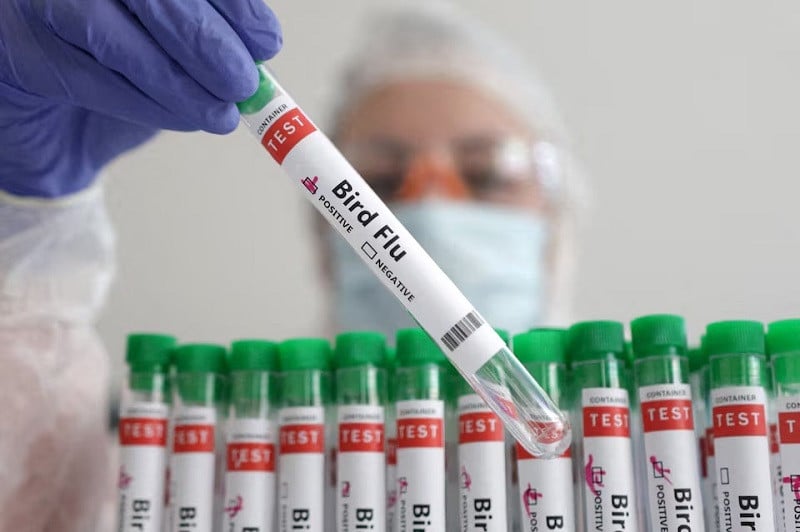New bird flu pandemic brewing, warn scientists
CHICAGO/LONDON (Reuters): Scientists tracking the spread of bird flu are increasingly concerned that gaps in surveillance may keep them several steps behind a new pandemic.
Many of them have been monitoring the new subtype of H5N1 avian flu in migratory birds since 2020. But the spread of the virus to 129 dairy herds in 12 U.S. states, opens new tab signals a change that could bring it closer to becoming transmissible between humans. Infections also have been found in other mammals, from alpacas to house cats.
“It almost seems like a pandemic unfolding in slow motion,” said Scott Hensley, a professor of microbiology at the University of Pennsylvania. “Right now, the threat is pretty low … but that could change in a heartbeat.”
The earlier the warning of a jump to humans, the sooner global health officials can take steps to protect people by launching vaccine development, wide-scale testing and containment measures.
Federal surveillance of U.S. dairy cows is currently limited to testing herds before they cross state lines. State testing efforts are inconsistent, while testing of people exposed to sick cattle is scant, government health officials and pandemic flu experts told Reuters.
“You need to know which are the positive farms, how many of the cows are positive, how well the virus spreads, how long do these cows remain infectious, the exact transmission route,” said Dutch flu virologist Ron Fouchier of the Erasmus Medical Center in Rotterdam.
Dr. Jeanne Marrazzo, director of the U.S. National Institute of Allergy and Infectious Diseases, said surveillance for humans is “very, very limited.”
Marrazzo described the U.S. Centers for Disease Control and Prevention’s human flu surveillance network as “really a passive reporting, passive presentation mechanism.” The U.S. Department of Agriculture is more proactive in testing cows, but does not make public which farms are affected, she said.


Comments are closed.